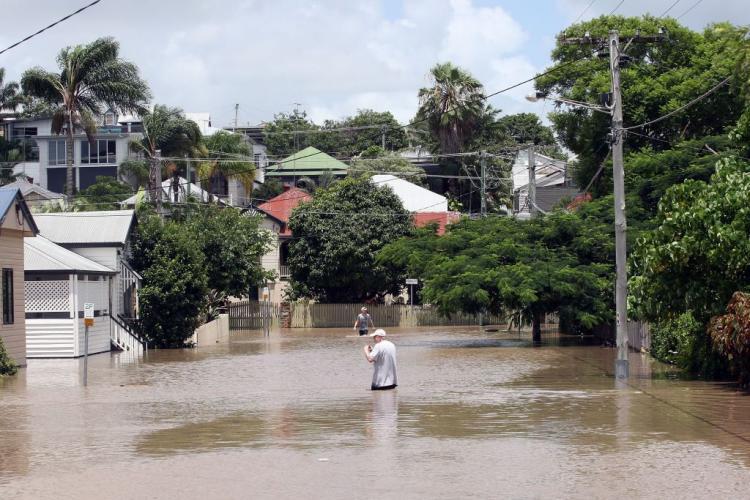The La Nina weather phenomenon is poised to return for a third year in a row, which may result in dry conditions in the central Pacific and excessive rainfall in other parts of Pacific, the Secretariat of the Pacific Regional Environment Program (SPREP) said Tuesday.
SPREP stated that the World Meteorological Organization’s (WMO) La Nina alert comes with a warning from the WMO Pacific Regional Climate Centre Network urging communities in the Pacific to prepare for the weather pattern.





